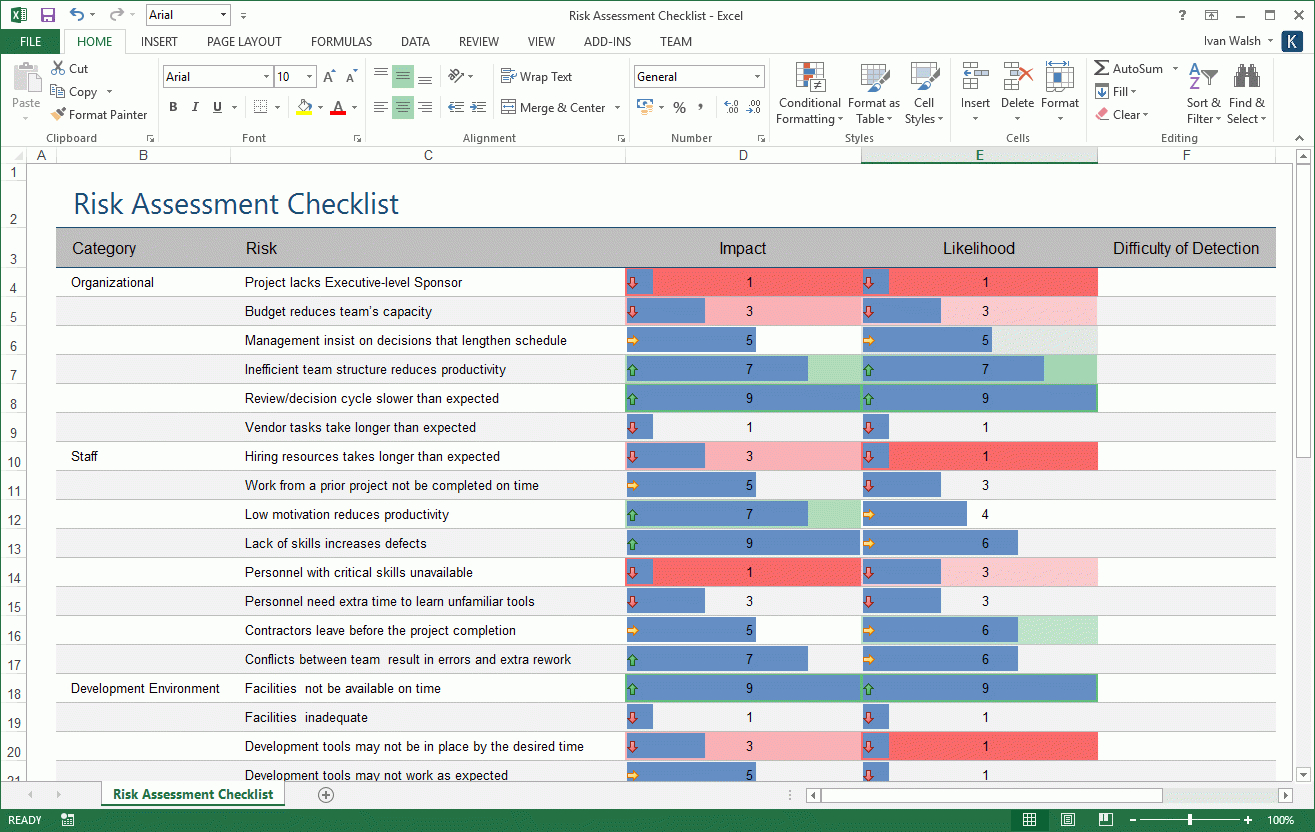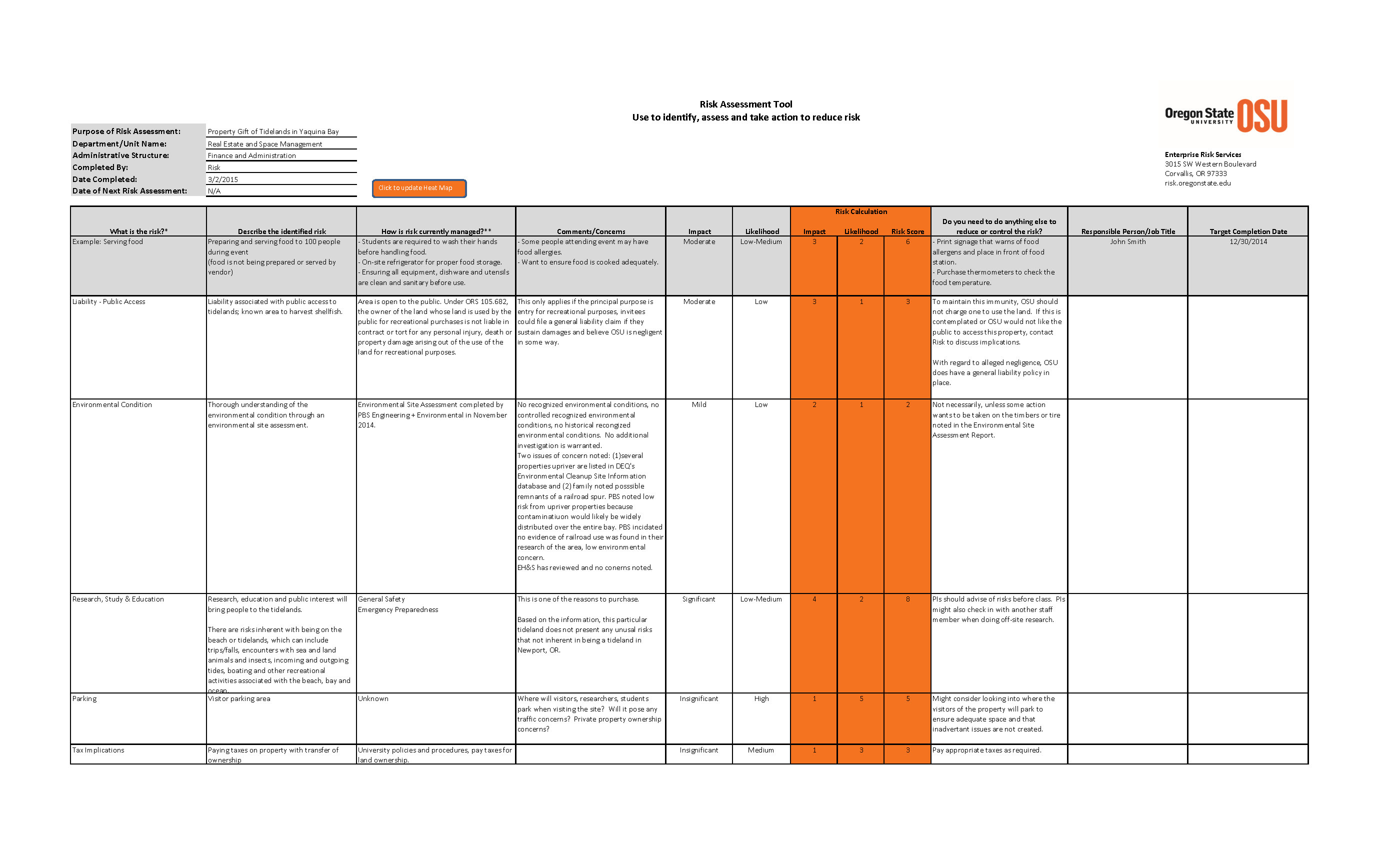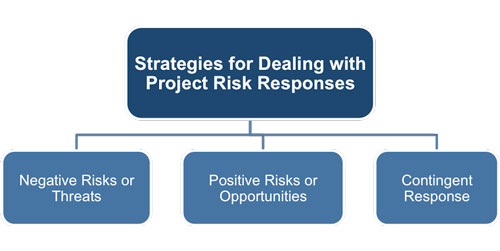


That’s why the ability to determine where those risks exist and establish a plan to manage them is extremely important for the business, both legally and functionally. Healthcare organizations are under strict regulations when it comes to risk and compliance. The process of analyzing risks and measuring them on a scale of probability and severity can provide the initial framework for determining which of the above methods will be the most effective response to a given risk. External risks can be harder to predict and control, and may include factors such as issues with suppliers, changes in the political climate or economy, or even the weather. Internal risks may include issues with technology, staffing, financial security, and other factors that can be controlled within your organization.

Risks can be internal or external, and projects may face a combination of both. Accept: Acceptance is an option when there is no other solution, but would only be used for low-impact risks that have a low probability of occurring.Mitigate: Mitigation aims to reduce either the likelihood or the level of impact of a risk, and is used for risks that are likely to occur, but also likely to be low-impact.This response is common for risks that have a high negative impact but a low probability of occurring. Transfer: This method refers to transferring risk to another party (for example, the act of purchasing insurance moves the risk to the insurance provider).Avoidance tactics may require greater investment (in order to develop alternative strategies), but this additional cost and effort is appropriate for high-impact, high-probability negative risks.

Avoid: Avoiding risks is ideal, and especially important if the risk is high impact and likely to occur.The response you choose will depend on the probability of the risk occurring and the potential severity of its impact on a project. Once you’ve identified and evaluated a risk, there are several potential responses. Once completed, the plan serves as a guide for everyone involved in a project and is particularly important as a tool to communicate with key stakeholders. The process also includes identifying both the costs and actions necessary for implementing the plan. The planning process enables managers to clearly identify risks, and then develop and document risk mitigation strategies and contingency plans. The overall goal of a risk management plan is to manage risk in a way that ensures a successful project outcome.
Risk management planning tools update#
It is generally the project manager’s role to maintain the plan and update it periodically to ensure ongoing clarity and effectiveness. A risk management plan is typically included as part of a larger project plan, and is initiated early in the project lifecycle the risk plan then evolves as the project progresses. Project risk management seeks to maximize positive risks while avoiding or mitigating negative risks. The Project Management Body of Knowledge (PMBOK® Guide, 5th Edition) defines project risk as “an uncertain event or condition that, if it occurs, has a positive or negative effect on one or more project objectives, such as scope, schedule, cost, or quality.” Notice that these risks can be considered positive or negative depending on their effects. WorkApps Package your entire business program or project into a WorkApp in minutes.Digital asset management Manage and distribute assets, and see how they perform.Resource management Find the best project team and forecast resourcing needs.Intelligent workflows Automate business processes across systems.Governance & administration Configure and manage global controls and settings.Streamlined business apps Build easy-to-navigate business apps in minutes.Integrations Work smarter and more efficiently by sharing information across platforms.Secure request management Streamline requests, process ticketing, and more.Process management at scale Deliver consistent projects and processes at scale.Content management Organize, manage, and review content production.Workflow automation Quickly automate repetitive tasks and processes.Team collaboration Connect everyone on one collaborative platform.Smartsheet platform Learn how the Smartsheet platform for dynamic work offers a robust set of capabilities to empower everyone to manage projects, automate workflows, and rapidly build solutions at scale.


 0 kommentar(er)
0 kommentar(er)
